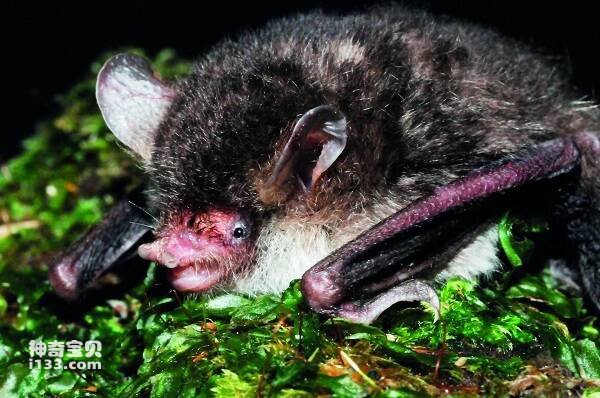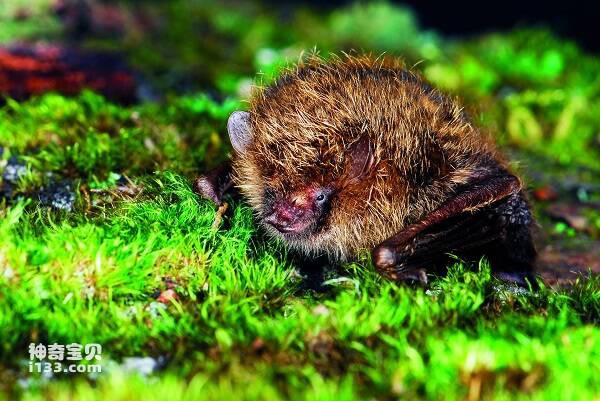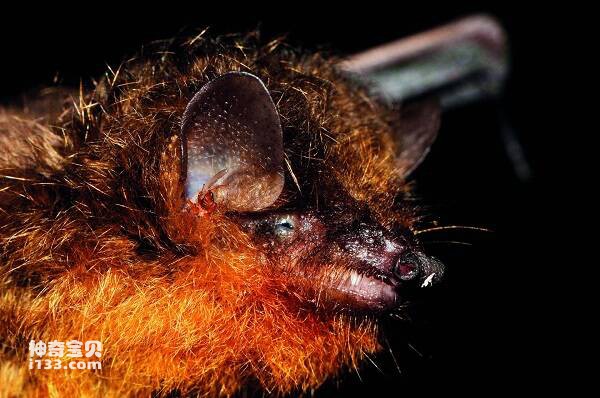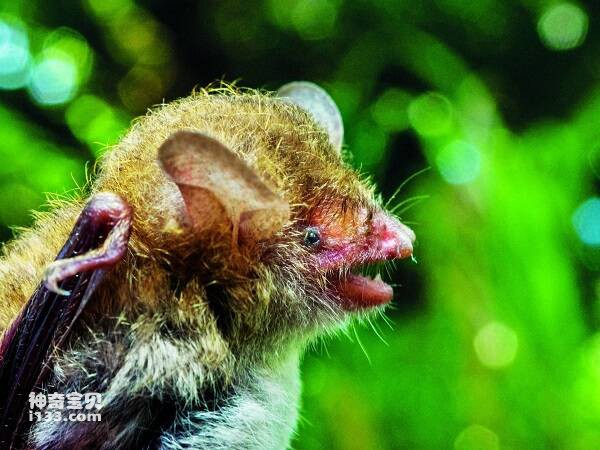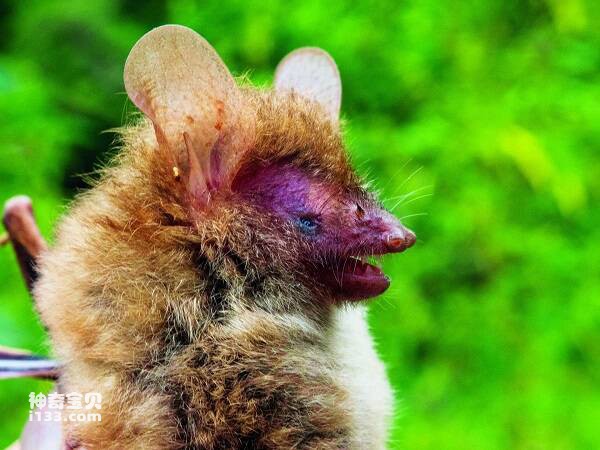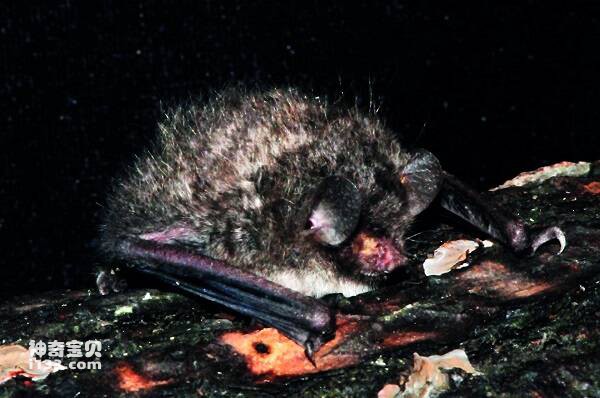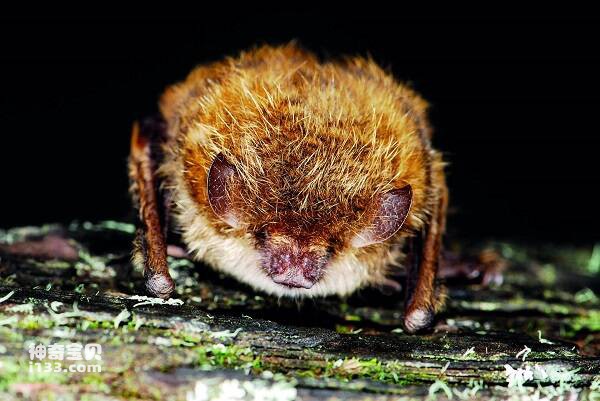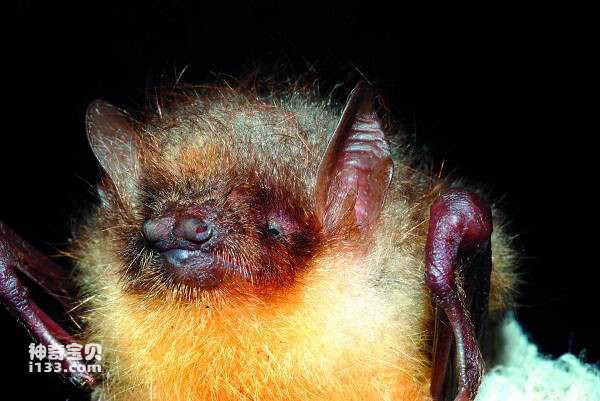Murina feae
IUCN
LCBasic Information
Scientific classification
- name:Murina feae
- Scientific Name:Murina feae
- Outline:Chiroptera
- Family:Chiroptera batidae
Vital signs
- length:
- Weight:
- lifetime:
Feature
The anterior end of the nostrils protrudes into a short tubular shape, and the snout is dark grayish-brown.
Distribution and Habitat
This species was first discovered and described by Thomas (1891) in Burma, and later reported to be distributed in Laos and Vietnam. Francis and Eger (2012) reported this distribution for the first time in Guangxi and Guizhou, and Wu Mengliu et al. (2017) reported a new record in Guangdong and Jiangxi. It is distributed in Guangxi (Shiwan Dashan and Jingxi), Guizhou (Libo), Guangdong (Fengkai) and Jiangxi (Jiulianshan).
Appearance
Small size, forearm length about 29mm; The anterior end of the nostrils protrudes into a short tubular shape, and the snout is dark grayish-brown. The ears are round and rounded, and the tip of the tragus is long, about half the length of the ear. The base of the dorsal hair is black, the middle is light gray, and the tip is dark grayish-brown, making the overall color of the back grayish-brown. The abdomen is grayish-white, the base of the ventral hair is black or grayish-black, and the hair tip is silver-white. The dorsal and interfemoral membranes of the hind feet are covered with sparse grayish-brown hair. The interfemoral membrane is light grayish-brown, and the hair on the ventral surface is lighter than that on the back. The alar membrane extends to the middle of the 1st toe. The skull is small, the total length of the skull is 15.06-16.01mm, the cranium is slightly enlarged, the snout is narrow, and the depression is more developed. Sagittal ridge and herringbone ridge are not
Details
Tube-nosed bats are small, with forearms about 29mm long. The front end of the nasal orifice protrudes into a short tubular shape, and the snout is dark grayish-brown. The ears are round and rounded, and the tip of the tragus is long, about half the length of the ear. The base of the dorsal hair is black, the middle is light gray, and the tip is dark grayish-brown, making the overall color of the back grayish-brown. The abdomen is grayish-white, the base of the ventral hair is black or grayish-black, and the hair tip is silver-white. The dorsal and interfemoral membranes of the hind feet are covered with sparse grayish-brown hair. The interfemoral membrane is light grayish-brown, and the hair on the ventral surface is lighter than that on the back. The alar membrane extends to the middle of the 1st toe. The skull is small, the total length of the skull is 15.06-16.01mm, the cranium is slightly enlarged, the snout is narrow, and the depression is more developed. Sagittal ridge and herringbone ridge are not obvious, zygomatic arch is relatively developed, and mandibular coronal process is high and wide. Gear type: 2.1.2.3/3.1.2.3=34.
This species was first discovered and described by Thomas (1891) in Burma, and later reported to be distributed in Laos and Vietnam. Francis and Eger (2012) reported this distribution for the first time in Guangxi and Guizhou, and Wu Mengliu et al. (2017) reported a new record in Guangdong and Jiangxi. It is distributed in Guangxi (Shiwan Dashan and Jingxi), Guizhou (Libo), Guangdong (Fengkai) and Jiangxi (Jiulianshan).
Francis and Eger (2012) believe that <M. feae> and <M. cineracea> are homonyms. There were some differences in hair color between the collected specimens and the type specimens (MSNG 44037, Thomas 1891) by Wu Mengliu et al. (2017).
